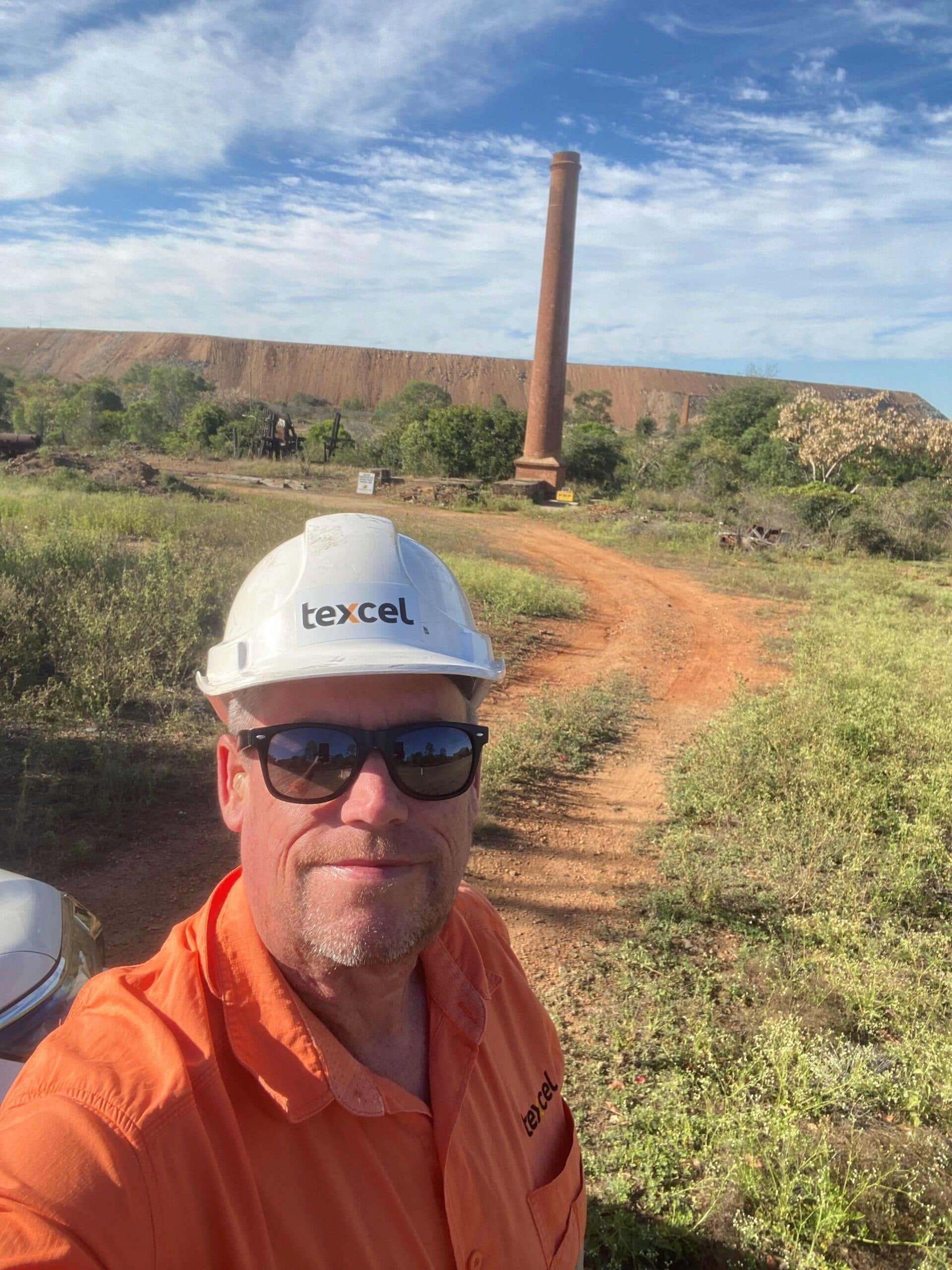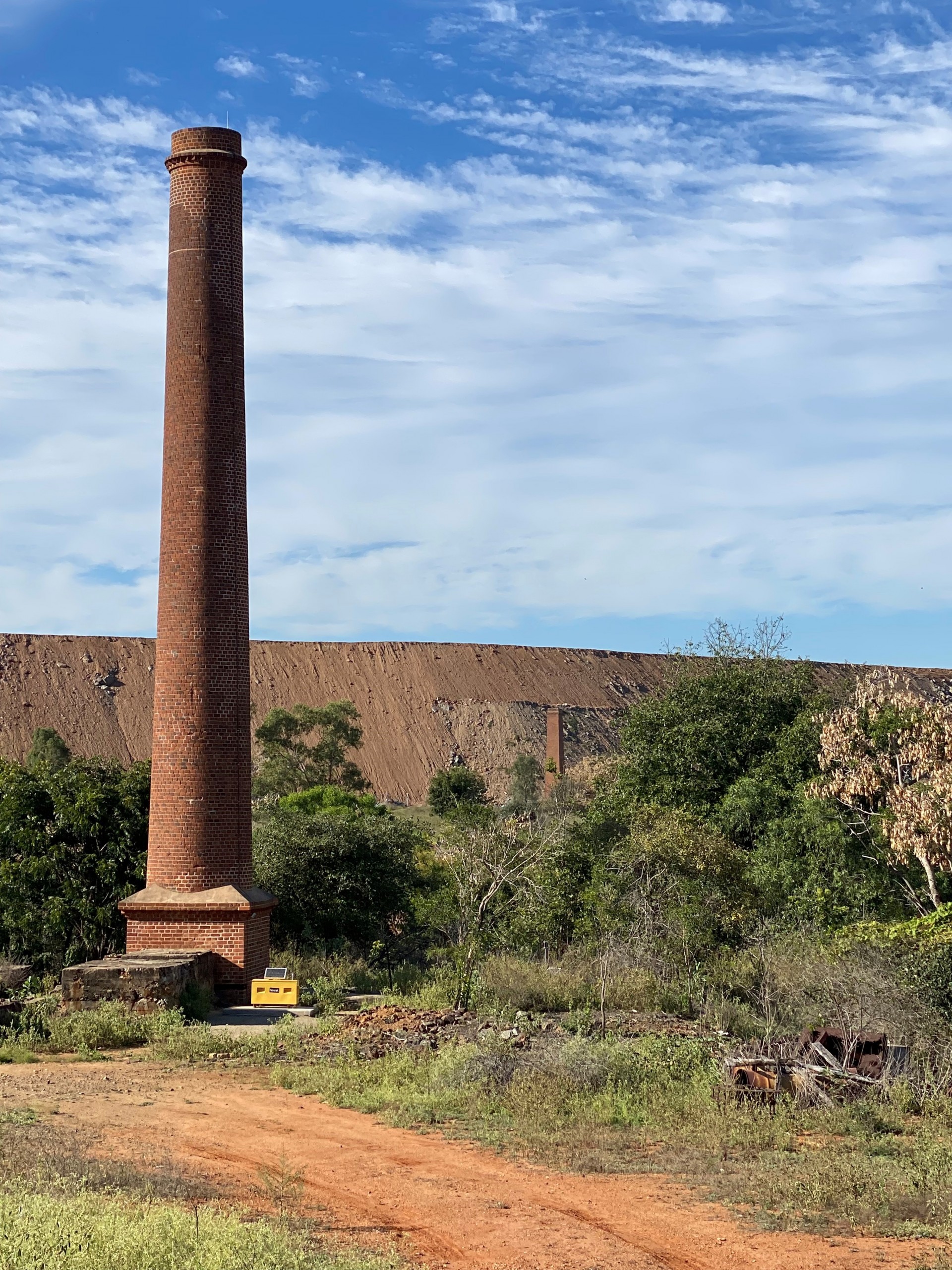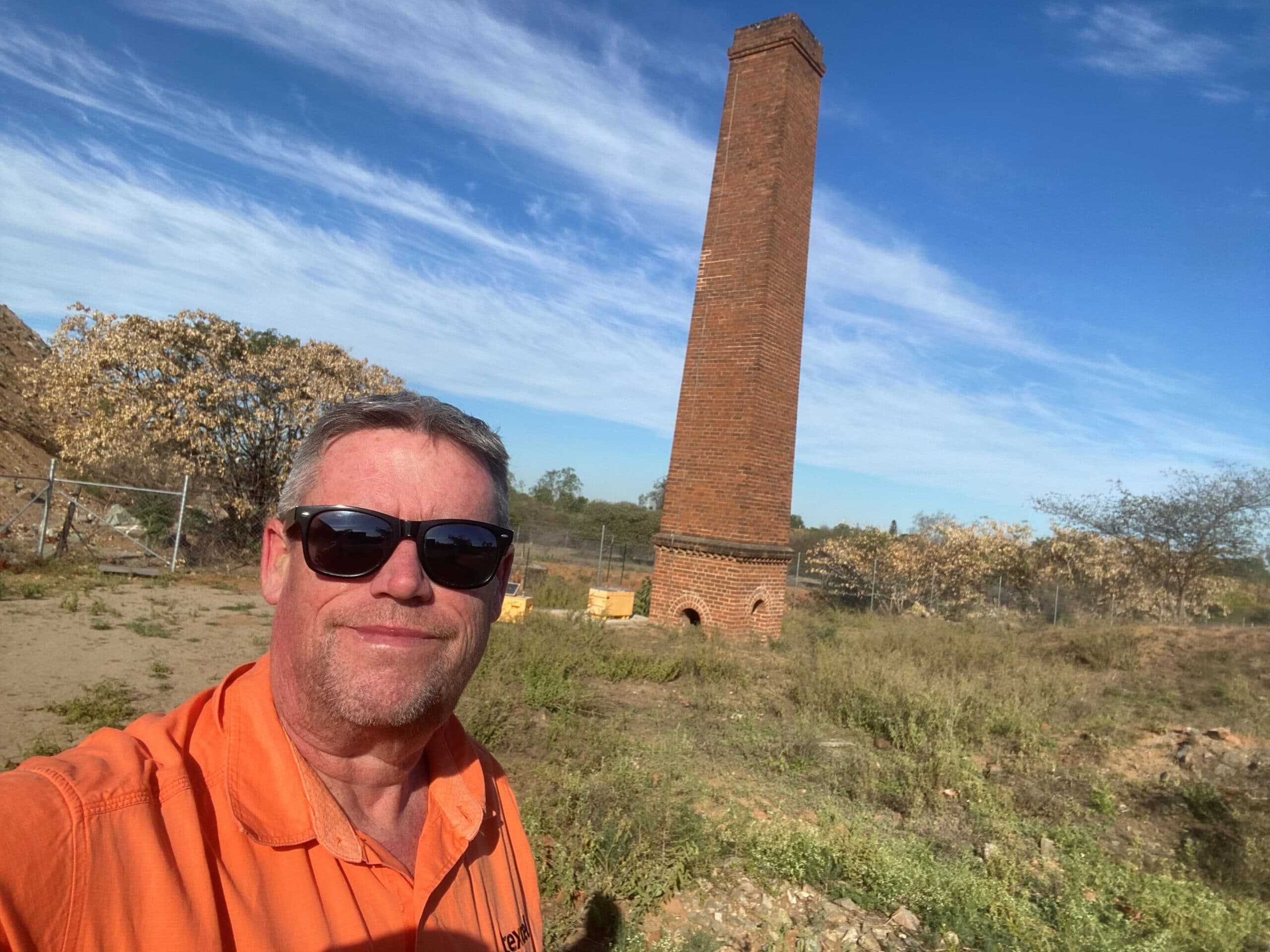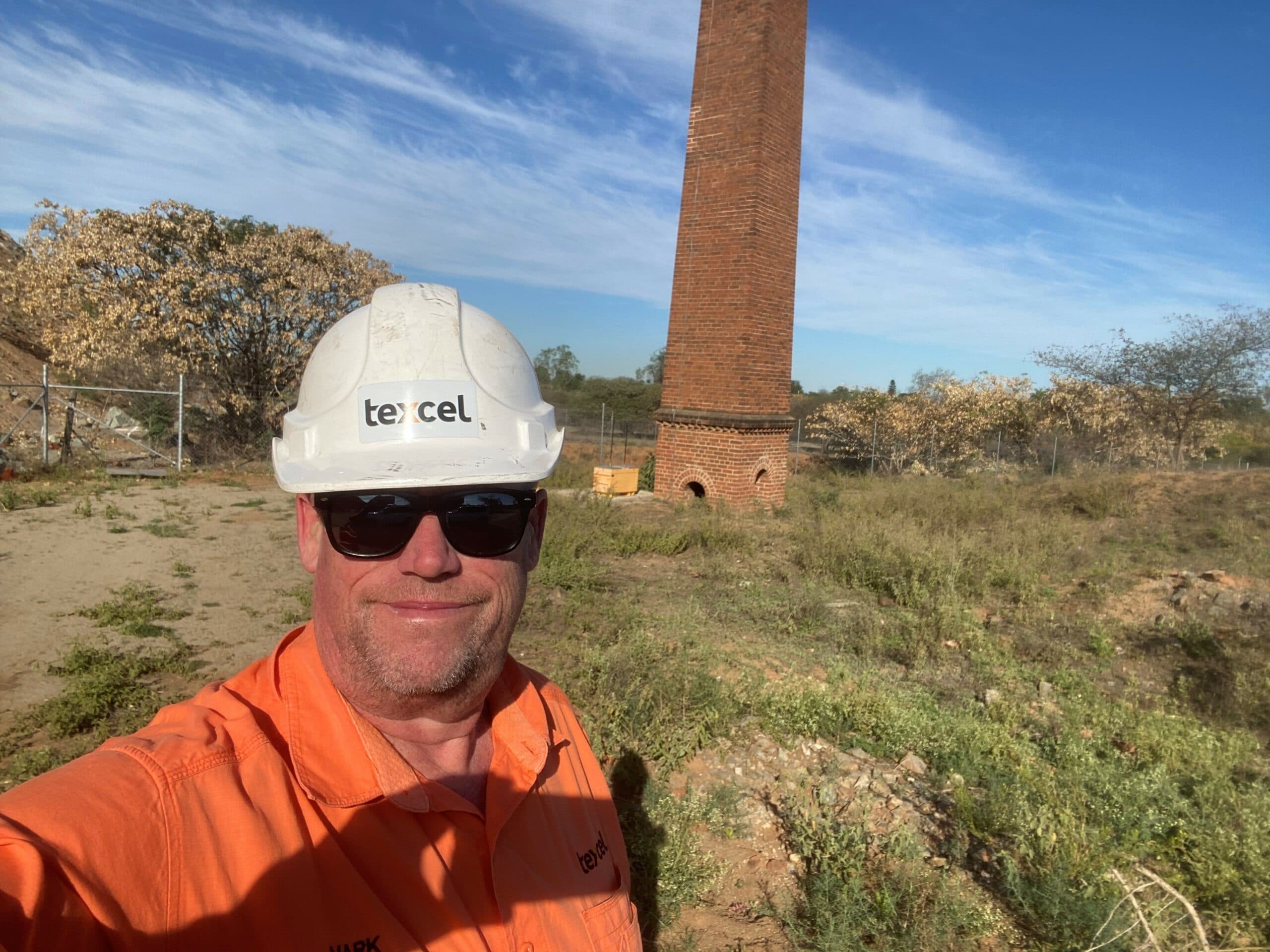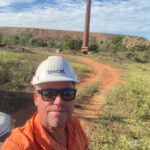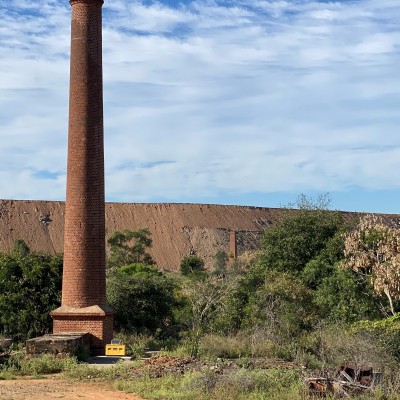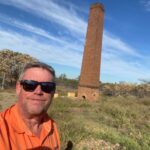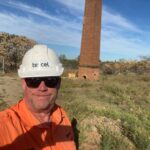Texcel has been given a unique opportunity to play an important role in the preservation of Australia’s gold rush history in the Queensland Heritage Register listed town of Ravenswood.
Texcel ETM monitors have been deployed to monitor vibrations on three historic chimneys and some other heritage structures in the region to ensure their long-term structural viability. So why do these chimneys matter and how are they an important artifact of Australia’s rich, multicultural past? Let’s take a brief walk through Australia’s gold rush history. . .
Why is the preservation of our Gold Rush history important?
When we think about the Gold Rush era in Australia we often think of Victorian towns such as Ballarat and Bendigo or even Kalgoorlie in Western Australia. However, when you look more closely, gold has been found in almost every state of Australia and indeed the activities of this era form an important part of Australia’s culture to this day.
After the initial discovery of gold near the town of Orange by Edward Hargraves in 1851, word spread amongst prospectors and the Australian Gold Rush began. More and more gold was discovered throughout Australia and this had a massive impact on Australia’s population which more than tripled in 20 years reaching 1.7 million by 1871.
Previously a colony of convicts and British authorities, this influx of new life and prosperity to the country began to shape the multi-culturalism that remains to this day an integral piece of the Australian identity. Wages increased rapidly during the Gold Rush era in Australia and a new “working class” began to form in stark contrast to the polarities of rich and poor that had previously existed between the authorities and the convicts. One particularly notable development that came from this newly created working class was the forging of a strong and unified identity, separate from the British Authorities and their convicts, and this group came to be known as “diggers” (as they dug for gold). Interestingly, the term digger was and still is associated with the proud Australian concept of “mateship” and continues to be used to this day to refer to soldiers from Australia and New Zealand.
The regional town of Ravenswood in Queensland has taken steps to celebrate and preserve its important role in Australia’s rich multicultural gold rush history by having the entire Ravenswood Mining Landscape and Chinese Settlement Area listed on the Queensland Heritage Register. The Ravenswood goldfield was discovered in 1868 and whilst the town experienced its peak gold rush boom during the period from 1868 – 1917, mining activities have continued in the region for most of the last 150 years and significant gold deposits can be found in the mine to this day.
Using environmental monitoring equipment to ensure preservation of heritage structures in Ravenswood
When the historic mine was acquired in March 2020 and commenced plans for mine blasting in the region, consideration of the impact of the vibrations caused by the blasts on historic architecture became especially important to the community of Ravenswood. In an unusual circumstance, Texcel has been involved in a project to measure the impact of vibrations on three historic chimneys and other heritage structures in the town. Interestingly, a recent engineering assessment of the chimneys identified that winds in the region are likely to have more significant impact on the structures than the mining blasts and so the vibrations caused by both the blasts and the wind will be monitored and recorded using ETMs, giving reassurance to concerned locals.
Courage and hope
The courage and hope shown by the immigrants of the Gold Rush era in Australia to try their luck in a largely unknown, unpopulated and remote part of the world have shaped the country to this day. These values combined with their optimism and sense of mateship remain part of Australia’s cultural identity and it is important to preserve some of the heritage of this era. The Australia that we enjoy today has been formed in part from the struggles of these early settlers and heritage sites are our connection to this rich, multicultural past.

